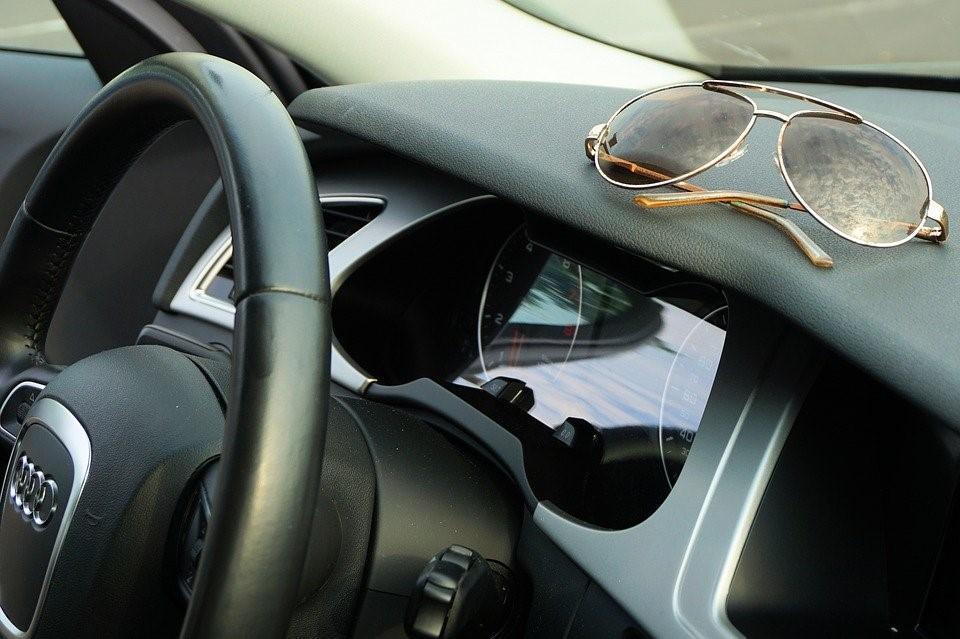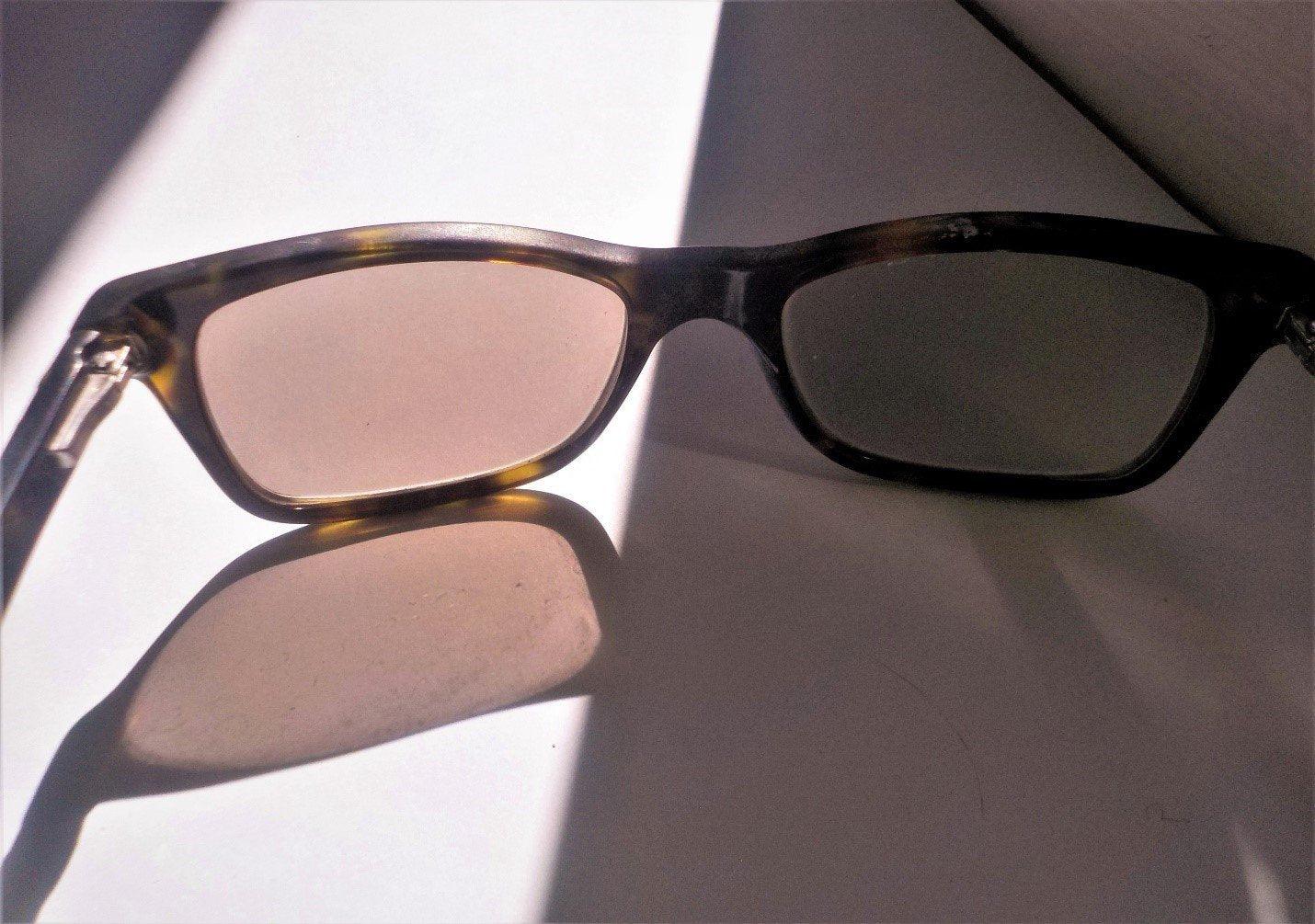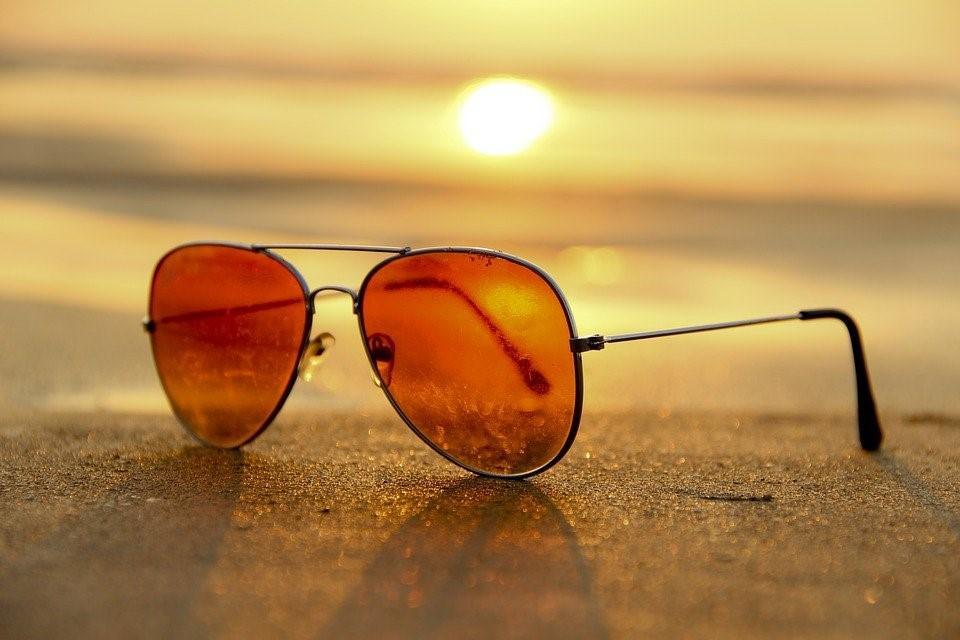Whether you're behind the wheels or going out for a day at the beach, sunglasses can be a lifesaver. Most people think of it as a fashion accessory, but it's much more than that. Spending too much time in the sun without proper eye protection can harm your eyes. You don't want those UV radiations taking a toll on your sight over the years, so start wearing sunglasses regularly, if you're not already doing so.
As important as sunglasses are when stepping out in the sun, you need to be even more particular when picking sunglasses for driving. Other than protection against permanent eye damage, you need specialized driving sunglasses to block that harsh glare bouncing off the windscreen that blinds drivers and results in accidents.
Not all sunglasses are right for the purpose. Here are a bunch of things you need to consider when picking sunglasses to wear while driving vs going out:
Frame

When choosing the frame shape, you might ask yourself, "what's in style"? While this may be a good question to pick your going-out sunglasses, it should be the last thing on your mind when choosing sunglasses for driving vs going out.
With the right frame shape, like that of Unisex polarized aviator sunglasses Vibes, your peripheral view will not be obstructed while protecting you from sun's glare. Wrap-around sports sunglasses, like Unisex Polarized sports sunglasses Omega are just as good.
The goal is to pick a frame style that allows you a clear view from all angles.
Lens Color

Yes, lens color also affects how well you can see while driving! Choosing the wrong color may affect your ability to see potential hazards on the road. According to scientific research, blue, green and pink are big NO when choosing sunglasses for driving. If you do choose one of these colors, see if the sunglasses are labelled safe for driving - the intensity of the hue also plays a role.
Grey and brown are the preferred options and for good reasons. They don't affect the color and contrast of your vision. Yellow lens is popular in newer driving sunglasses since it enhances contrast.
Tint
Other than the lens color, tint density determines the amount of light that enters your eyes. It’s rated on a scale of 0 to 4, 0 being 100% light transmission, and 4 is 3 to 8% transmission.
You need to aim for 2 (medium), or 3 (dark) for safe driving. 4 blocks most of the light, making it highly unsafe, while 0 won’t block any of that glare you want to avoid. 1(light) is only suitable if you’re driving in low sunlight.
Polarized Lens

Glare from headlights and sunlight bouncing off wet surfaces on the road can be catered with a polarized lens. You’ll find several polarized sunglasses in our collection, including the latest Unisex metal square frame sunglasses Autumn. Polarized sunglasses promote a comfortable driving experience by providing UV protection and preventing strain on your eyes.













Share:
How useful are sunglasses for people with eye floaters?
6 Best Royaux Sunglasses To Beat The Heat This Summer